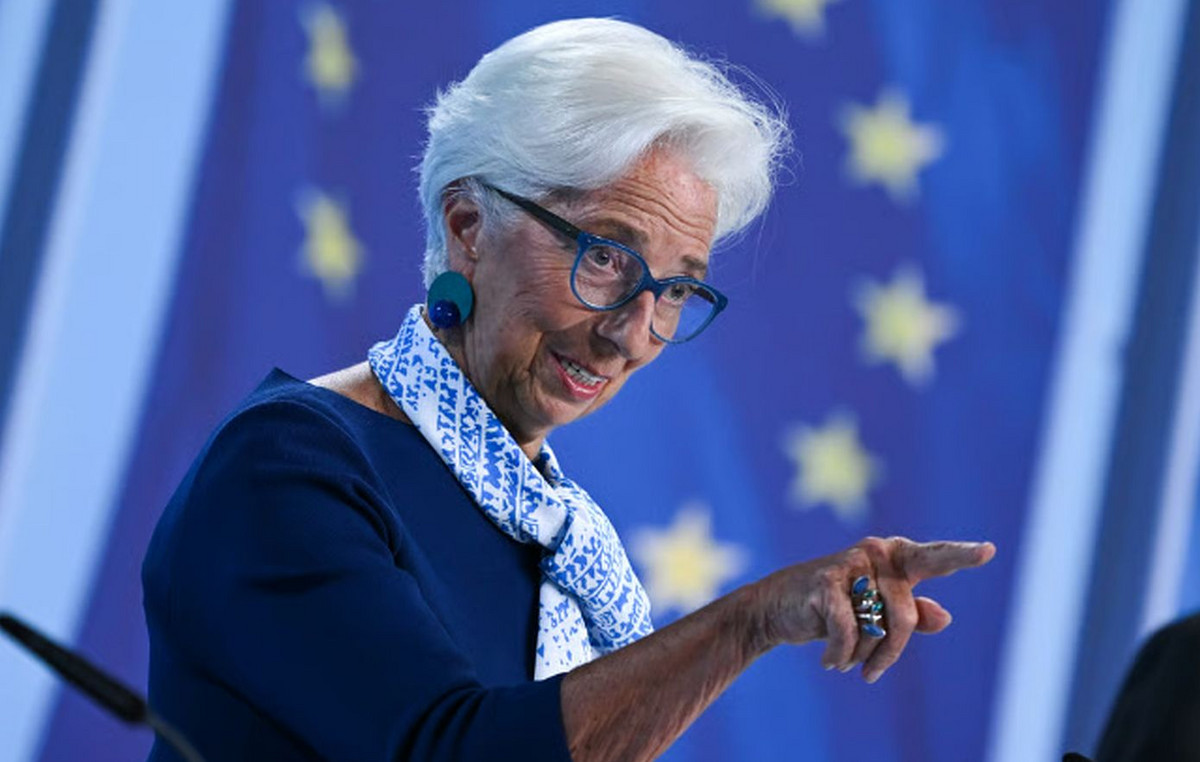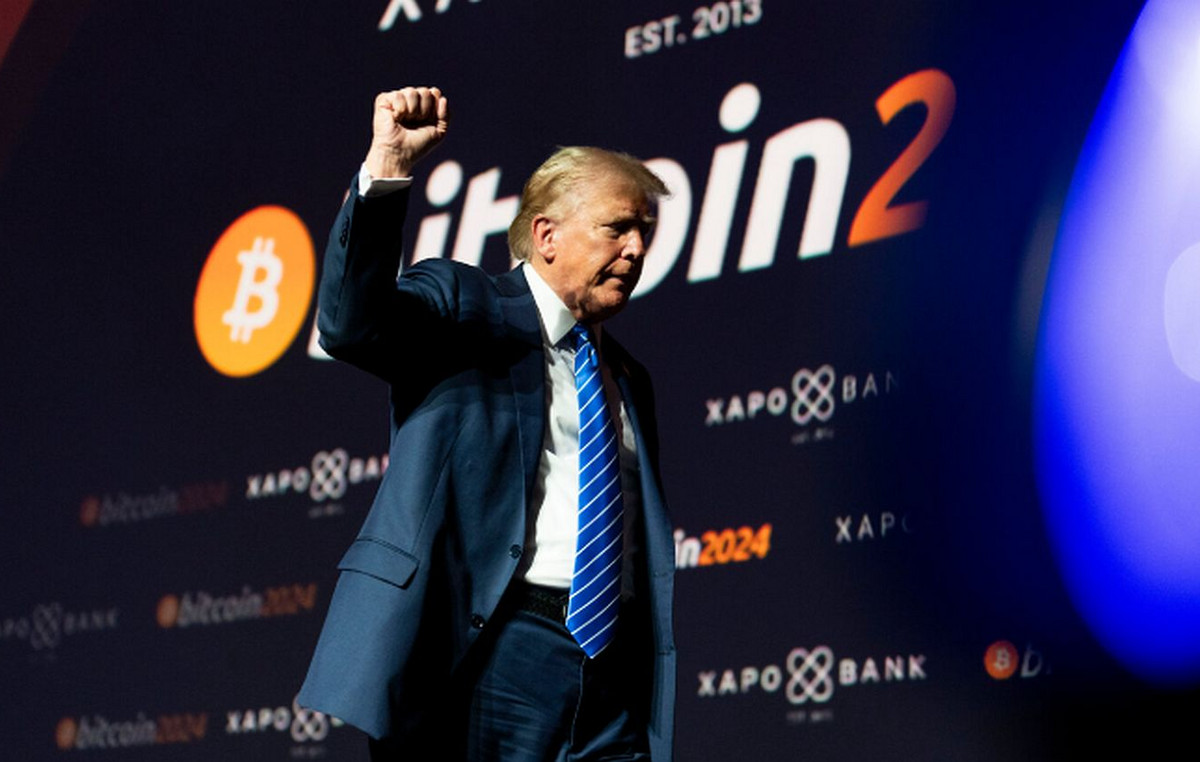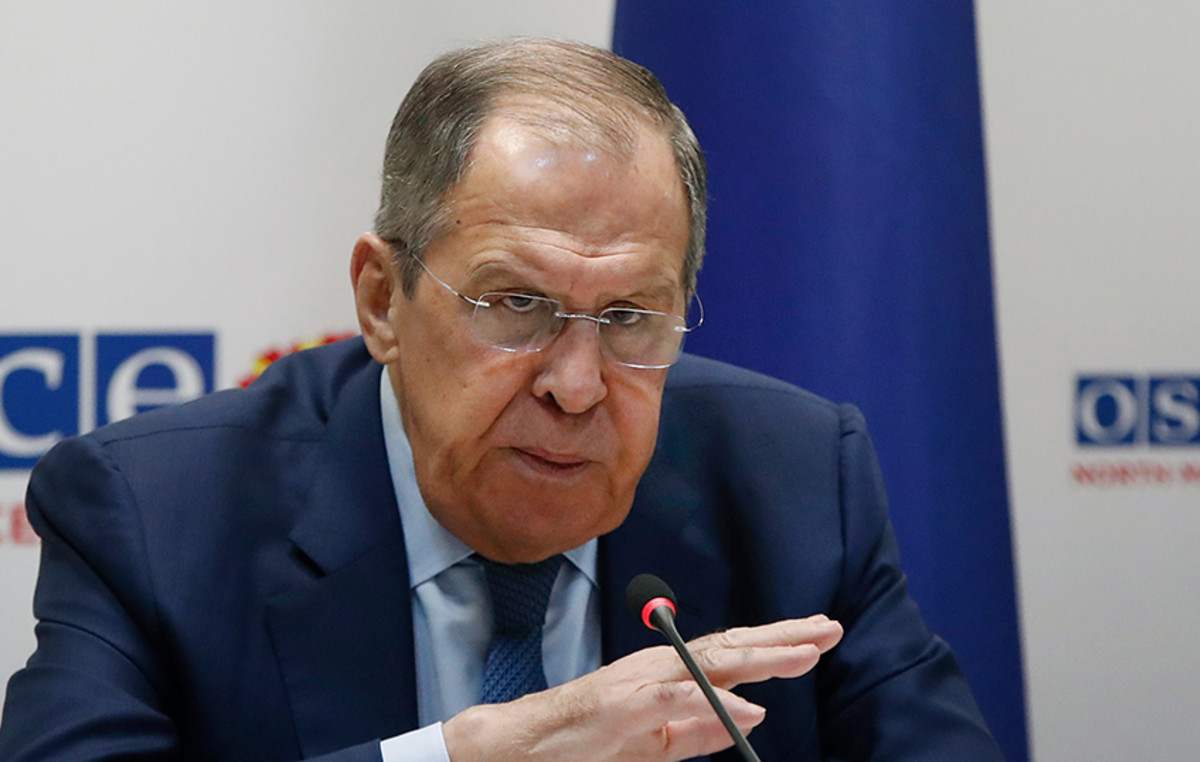- Sterling falls amid uncertainty over BoE interest rate outlook.
- Those responsible for the BoE consider expectations of two or three rate cuts for this year to be reasonable.
- Investors await the release of the US and UK manufacturing PMIs for the economic outlook.
The British Pound (GBP) faces some sell-off in the early hours of the London session amid uncertainty as investors are yet to return to the currency market after a Good Friday holiday weekend. and Easter Monday. Overall, the GBP/USD pair is consolidating slightly above the support of the 1.2600 round level, as investors await further indications on when the Bank of England (BoE) and the Federal Reserve (Fed) will move on to cut rates.
At the beginning of the year, the Fed was expected to start reducing interest rates before the BoE, which supported the appreciation of the British pound against the US dollar. However, the BoE is currently expected to follow the Fed's lead and initiate rate cuts from June. Two BoE policymakers, Catherine Mann and Jonathan Haskel, described as hawks, see no need for further rate hikes as rising interest rates are affecting labor market conditions and consumer spending.
Catherine Mann said in an interview with Bloomberg last week that she had abandoned her call for a rate hike after observing that consumers are reluctant to pay higher prices for services such as travel and hospitality. Mann added that companies are cutting work hours at a time when more jobs are needed. She further added that the number of workers in the labor market will increase due to the Government's cuts in social security contributions.
The British pound is expected to depreciate if the BoE cuts benchmark interest rates ahead of schedule, after raising them systematically for more than two years.
Meanwhile, the US Dollar Index (DXY) rises to 104.60, as investors are anxious ahead of the crucial US March Non-Farm Payrolls (NFP) report, due out on Friday. The official labor market data is one of the main economic data that influences the Fed's rate cut expectations.
Daily summary of market movements: Slight fall in the British pound and rise in the US dollar
- The British pound is trading around 1.2600 as investors look for fresh signals on when the Bank of England will begin cutting interest rates. Market expectations that the Bank of England will start lowering rates have come ahead of the June meeting, as the central bank was slightly dovish in its latest monetary policy statement.
- The BoE was moderate, since none of its officials voted in favor of a rate hike. This indicates that BoE officials consider current interest rates to be restrictive. Policymakers do not see further interest rate hikes as appropriate when they are concerned that further policy tightening could dampen the economic outlook or see inflation moving towards the 2% target.
- Additionally, BoE Governor Andrew Bailey stated after the latest BoE meeting that market expectations of two or three rate cuts this year are “reasonable”, boosting expectations that the BoE will cut interest rates. starting in June.
- On the economic front, investors will focus on the final UK S&P Global/CIPS Manufacturing PMI data for March, due out on Tuesday. The figure is expected to remain unchanged from its preliminary reading of 49.9, which was slightly below the 50.0 threshold that separates expansion from contraction. Investors will pay particular attention to the agency's comments on companies' expectations regarding the outlook for domestic and global demand.
- Meanwhile, the appeal of risk assets is quite bullish as S&P 500 futures are positive. Market sentiment has turned cheerful as expectations have recently increased that the Federal Reserve will begin cutting interest rates as early as its June meeting.
- In today's session, investors will focus on the US ISM Manufacturing PMI for March, which will be released at 14:00 GMT. The PMI is estimated to rise to 48.4 from 47.8 in February.
Technical Analysis: The British Pound is trading near 1,260

The British Pound moves back and forth above 1.2600 against the US Dollar. The GBP/USD pair is expected to remain sideways as investors await a new trigger for interest rate guidance. Over the last six sessions, the Pound has moved between 1.2575 and 1.2675. The 200-day EMA near 1.2590 offers support to the British Pound bulls.
On a longer time frame, horizontal support from the December 8 low at 1.2500 would provide further support to the British Pound. Meanwhile, rallies are expected to remain limited near the eight-month high around 1.2900.
The 14-period Relative Strength Index (RSI) is around 40.00 points. If it falls below this level, bearish momentum will be activated.
BoE FAQ
The Bank of England (BoE) decides the UK's monetary policy. Its main objective is to achieve “price stability”, that is, a constant inflation rate of 2%. Their instrument to achieve this is the adjustment of basic lending rates. The BoE sets the rate at which it lends to commercial banks and banks lend to each other, determining the level of interest rates in the economy as a whole. This also influences the value of the British Pound (GBP).
When inflation exceeds the target set by the Bank of England, it responds by raising interest rates, which makes access to credit more expensive for people and businesses. This is positive for the British pound because higher interest rates make the UK a more attractive place for global investors to put their money. When inflation falls below target, it is a sign that economic growth is slowing, and the BoE will consider lowering interest rates to make credit cheaper in the hope that companies will borrow to invest in generating projects. of growth, which is negative for the Pound sterling.
In extreme situations, the Bank of England can apply a policy called Quantitative Easing (QE). QE is the process by which the BoE substantially increases the flow of credit into a clogged financial system. QE is a policy of last resort when lowering interest rates does not achieve the necessary result. The QE process involves the BoE printing money to buy assets – typically government bonds or AAA-rated corporate bonds – from banks and other financial institutions. QE usually results in a weakening of the British pound.
Quantitative tightening (QT) is the reverse of QE, and is applied when the economy is strengthening and inflation begins to rise. While in QE the Bank of England (BoE) buys government bonds and corporate bonds from financial institutions to encourage them to lend, in QT the BoE stops buying more bonds and stops reinvesting the capital that matures from the bonds. that you already own. It is usually positive for the Pound sterling.
Source: Fx Street
I am Joshua Winder, a senior-level journalist and editor at World Stock Market. I specialize in covering news related to the stock market and economic trends. With more than 8 years of experience in this field, I have become an expert in financial reporting.







